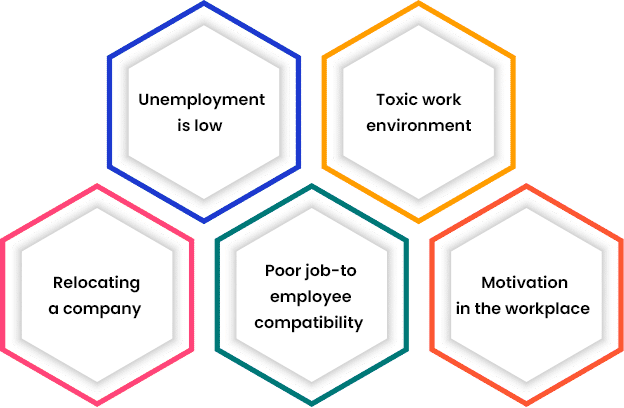Employee Attrition – The critical factor to keep in check
With a whopping 86 % of employees planning to resign in 2022, the great resignation is likely to continue unabated. Employee attrition occurs when the size of your workforce decreases over time. For better work-life balance, overall well-being, and happiness, 61% are willing to accept a lower salary or forego a pay raise or promotion.
Unhappiness is cited as the reason for resignation by only 11% of those who have resigned or plan to resign. According to the Michael Page report, this trend will continue in 2022 across markets, industries, levels of seniority, and age groups.
Career advancement, a higher salary, a role change, and job satisfaction are common reasons employees resign. In addition, employers place a 110 % premium on the importance of a company’s brand to job seekers. 43 % of those unemployed say they have been unemployed for more than six months.
















